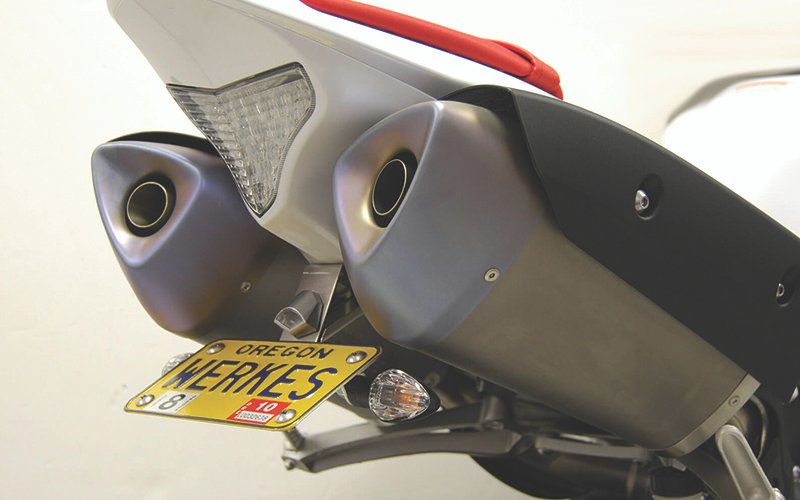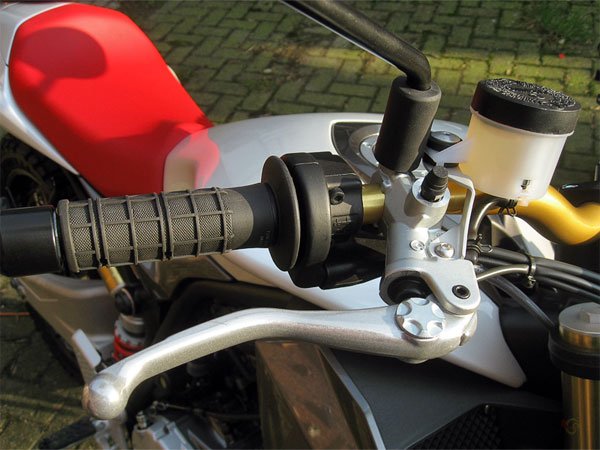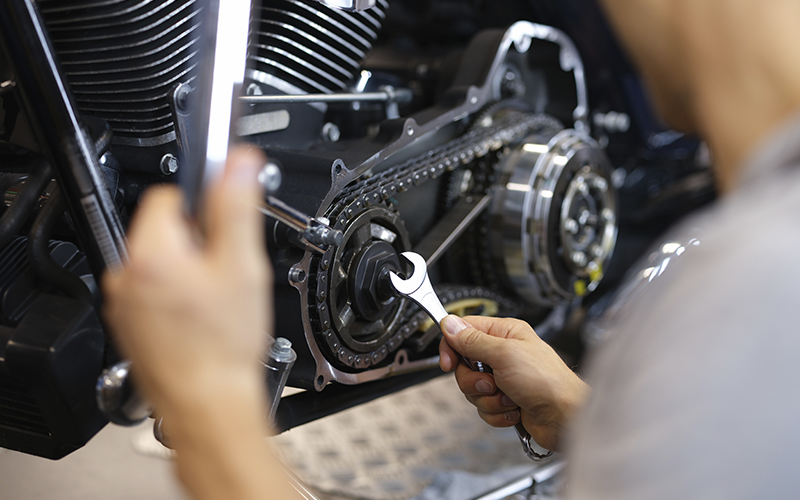There’s nothing quite like the rush of riding a motorcycle—every twist of the throttle connects you directly to the road beneath you. The power, the speed, and the freedom that comes with every ride make motorcycles more than just machines; they’re experiences in motion. But what happens when that smooth, responsive ride suddenly feels off? You twist the throttle expecting that familiar surge of power, but instead, your engine revs loudly and…nothing. No speed boost, no adrenaline rush—just frustration. If that sounds familiar, chances are you’re dealing with a clutch slippage issue.
For riders, clutch slippage isn’t just annoying—it’s a sign that your motorcycle’s heart isn’t pumping power as it should. It can leave you stuck in traffic or even worse, in a dangerous situation where your bike doesn’t respond when you need it to. Luckily, it’s something you can fix with the right know-how and, of course, the right parts. If you’re here, you’re already taking the first step toward getting your bike back in top shape.
At Aliwheels, we’re passionate about motorcycles. From high-performance parts to must-have accessories, we’ve got everything riders need to keep their machines roaring down the road. Today, we’re diving deep into one of the most frustrating problems riders face: clutch slippage. We’ll cover how to recognize it, what causes it, and—most importantly—how to fix it.
What Is Clutch Slippage, and Why Should You Care?
Your motorcycle’s clutch is one of the most vital components of your ride. It’s the unsung hero behind every smooth gear shift and every moment of seamless acceleration. Essentially, the clutch works by connecting and disconnecting the engine from the transmission, allowing you to shift gears and control power delivery without stalling the engine.
When your clutch is working perfectly, it grips firmly, ensuring that the power from your engine transfers efficiently to your rear wheel. But when clutch slippage kicks in, that connection weakens. Instead of gripping tightly, the clutch plates slip, meaning power doesn’t get delivered where it should. The result? A loss of acceleration and responsiveness.
Imagine being in the middle of a ride and noticing that familiar problem: you rev the engine, but your speed doesn’t increase as it should. That’s a clear sign of clutch slippage—and it’s something that needs immediate attention.
The Telltale Signs of Clutch Slippage
Recognizing clutch slippage early can save you from expensive repairs and dangerous situations on the road. Here are some red flags every rider should watch for:
1. Revving Without Acceleration
You give your bike gas, and the engine revs loudly, but there’s no corresponding speed increase. This is often the most obvious sign that your clutch isn’t engaging properly.
2. A Burning Smell
If you’ve ever caught a whiff of a strange burning smell coming from your bike, don’t ignore it. Overheating clutch plates can create that burnt odor, signaling excessive friction and potential damage.
3. Struggling to Shift Gears
A slipping clutch can make gear changes feel awkward or sluggish. You might hear unusual noises or feel resistance when trying to shift.
4. Reduced Power and Poor Fuel Economy
Slipping means the engine is working harder than it needs to. This can lead to reduced fuel efficiency and an overall lack of power, especially when climbing hills or carrying extra weight.
What Causes Clutch Slippage?
So, why does clutch slippage happen in the first place? The answer often lies in the wear and tear of clutch components. Here’s what could be going wrong:
Worn-Out Motorcycle Clutch Plates
One of the most common culprits behind clutch slippage is worn clutch plates. Over time, the friction material on these plates deteriorates, making it harder for the clutch to grip properly. This wear is especially common for riders who use their bikes frequently or ride aggressively.
Weak Clutch Springs
Clutch springs keep everything tightly pressed together. If these springs weaken or break, they can’t apply enough pressure, allowing the clutch plates to slip.
Contaminated Plates
Motorcycle clutch plates need to stay clean and dry to function effectively. Oil leaks or contamination from debris can reduce friction, leading to slippage.
Improper Cable Adjustment
A clutch cable that’s too tight or too loose can lead to engagement issues. Proper adjustment is essential to ensure the clutch disengages and engages smoothly.
Incorrect Oil
Using the wrong type of oil, especially in bikes with a wet clutch system, can lead to slippage. Some oils contain additives that interfere with clutch plate friction.
How to Diagnose Clutch Slippage on Your Motorcycle
If you suspect your bike is suffering from clutch slippage, the first step is to confirm your suspicions. Here’s how you can do it:
Start with a simple visual inspection. Check for oil leaks around the clutch housing and inspect the clutch cable for signs of damage or improper tension. Next, perform a ride test. Accelerate briskly in a higher gear—if the engine revs up but the speed doesn’t increase accordingly, there’s a good chance your clutch is slipping.
Another good indicator is checking the oil. Pull out the dipstick and smell the oil. A burnt smell or discoloration can indicate clutch overheating, which could point toward slippage issues.
Fixing Clutch Slippage: Getting Your Ride Back in Shape
Now that you’ve identified the issue, it’s time to roll up your sleeves. Fixing clutch slippage isn’t always a job for the faint-hearted, but with some patience—and the right parts from Aliwheels—it’s entirely doable.
Replace Worn Clutch Plates
This is usually the first step in fixing slippage. Head over to Aliwheels’ Motorcycle Clutch Plates section to find the right plates for your ride. Make sure to check your motorcycle’s manual for specific requirements and measurements.
Upgrade Your Clutch Springs
If your springs have weakened over time, upgrading to heavy-duty springs can improve pressure on the clutch plates, ensuring a stronger grip and better performance.
Adjust Your Clutch Cable
Sometimes, the fix can be as simple as adjusting your clutch cable. Follow your motorcycle’s service manual for the correct free play setting and make sure the clutch disengages and re-engages smoothly.
Clean and Maintain Your Clutch
If oil contamination is an issue, clean or replace any affected plates and ensure there are no leaks from seals or gaskets.
Use the Right Motorcycle Oil
Check your owner’s manual and use only the oil types recommended for wet clutches. Using proper oil ensures your clutch plates maintain optimal friction levels.
How to Prevent Clutch Slippage from Happening Again
Prevention is always better than a cure, especially when it comes to motorcycle maintenance. Here are a few habits to adopt that can help you avoid future clutch troubles:
Regular Maintenance Checks
Get in the habit of inspecting your clutch plates, springs, and cables regularly. Staying on top of maintenance can help you catch early signs of wear before they escalate into bigger problems.
Avoid Riding the Clutch
Many riders keep slight pressure on the clutch lever, especially in traffic. This habit can lead to unnecessary wear and eventually, slippage.
Break in New Clutch Plates Properly
If you’ve replaced your clutch plates, make sure you follow a proper break-in procedure to allow the plates to settle and function optimally.
Why Choose Aliwheels for Your Motorcycle Clutch Needs?
When it comes to sourcing high-quality motorcycle parts, Aliwheels is your go-to destination. We understand how much your ride means to you, and that’s why we stock only the best parts, including premium motorcycle clutch plates designed for peak performance and durability.
With a vast selection of products tailored for different motorcycle makes and models, competitive prices, and worldwide shipping, we make it easy for you to keep your bike in top condition. Whether you’re looking to upgrade or replace worn components, Aliwheels has got you covered.
Time to Hit the Road Again
Clutch slippage doesn’t have to bring your adventures to a halt. By understanding the signs, causes, and fixes for this issue, you can keep your motorcycle running smoothly and safely for years to come. The next time your bike starts revving without the response you’re used to, you’ll know exactly what to do.And remember—whether you need top-notch clutch plates, springs, or any other motorcycle parts, Aliwheels has everything you need to get your ride back on track. Check out our full range of motorcycle clutch products here and gear up for your next journey.










